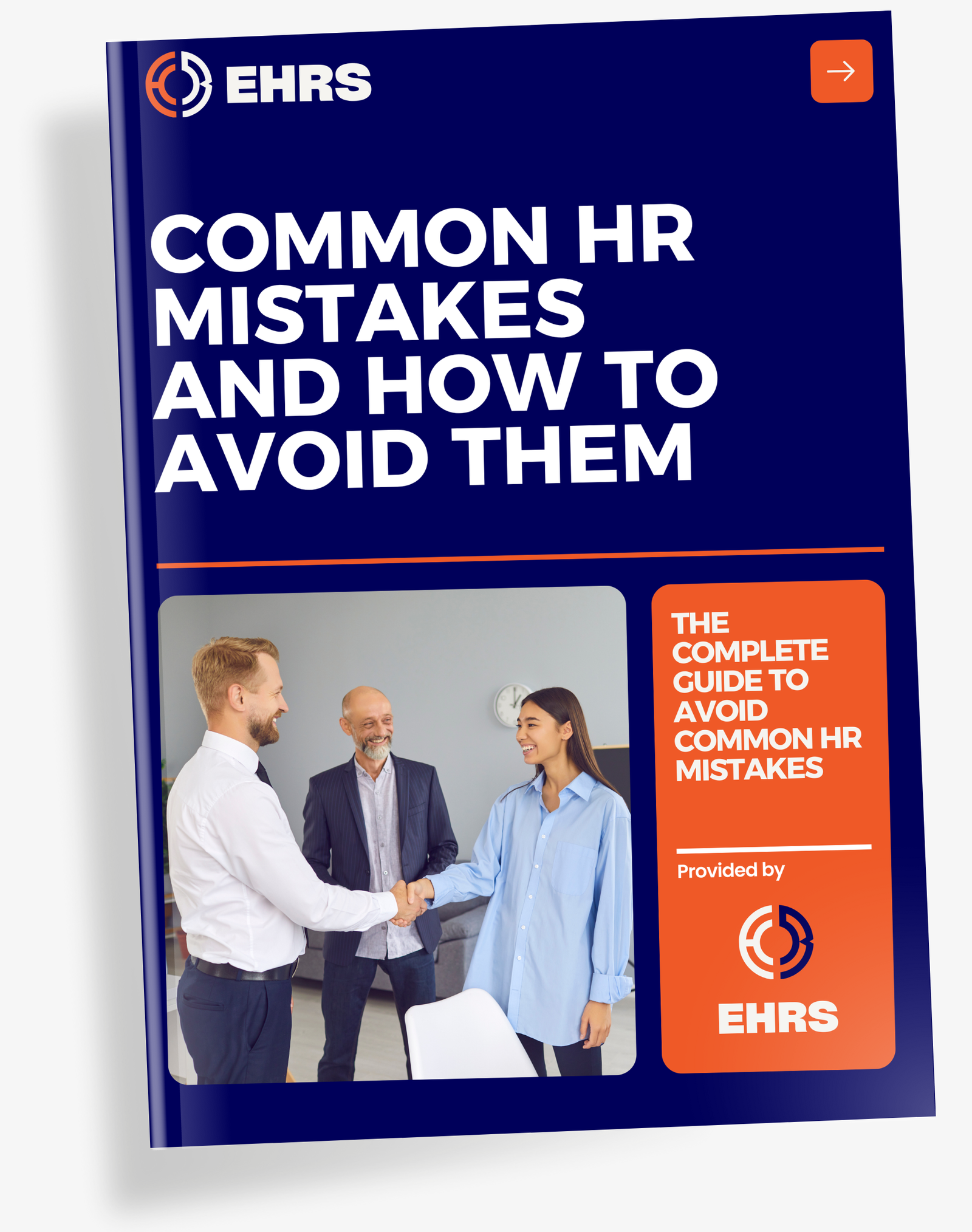Struggling with the complexities of payroll in Finland’s highly regulated labor market? Unlike many countries, Finland lacks a national minimum wage, making collective bargaining agreements (CBAs) the cornerstone of compensation compliance.
Navigating mandatory social security contributions—where employers pay around 20% and employees contribute ~9.64%—alongside strict reporting obligations, can overwhelm even seasoned businesses.
This guide demystifies Finland’s payroll landscape, breaking down progressive tax brackets, the 60% punitive withholding rate for missing tax cards, and the Incomes Register’s 5-day reporting deadlines.
Discover how international employers can leverage the 32% special tax regime for foreign key employees while avoiding misclassification risks—ensuring compliance while building a competitive edge in Europe’s innovation-driven economy.
Understanding the Fundamentals of Payroll in Finland
In Finland, payroll processes are shaped by a unique blend of collective agreements and strict regulatory requirements. Employers unfamiliar with these frameworks risk significant compliance issues. This guide explores critical elements like registration procedures, tax card obligations, and sector-specific wage standards.
The Legal Framework and the Role of Collective Agreements
Finland stands out among EU countries by lacking a national minimum wage. Instead, sector-specific Collective Bargaining Agreements (CBAs) determine wage floors and employment conditions. These agreements, negotiated between unions and employer associations, apply to nearly 90% of workers, including all public sector employees. Non-compliance with CBAs can result in legal penalties and reputational damage.
Key laws like the Employment Contracts Act mandate that salaries must be “usual and reasonable” in the absence of a CBA. This dual system ensures sectoral fairness while maintaining flexibility. As one of the few European Union countries without a statutory minimum wage, Finland’s model emphasizes collective negotiation over government mandates.
Setting Up for Payroll: Employer Registration
Before processing payroll, employers must complete mandatory registrations. This includes enrolling in the Finnish Trade Register and Employer Register, securing social insurance policies, and establishing reporting protocols for the Incomes Register (tulorekisteri).
- Registering the business with the Finnish Trade Register
- Enrolling in the Employer Register with the Finnish Tax Administration
- Securing mandatory insurance policies (pension, accident, group life)
- Establishing a process for reporting to the Incomes Register
Failure to register properly delays payroll processing and exposes employers to fines. The Incomes Register, a centralized platform, requires submissions within five calendar days of each payment, ensuring real-time transparency for tax authorities.
The Essential Role of the Employee Tax Card (Verokortti)
Every Finnish employee must provide their employer with a valid tax card (Verokortti). This document specifies withholding tax rates based on individual circumstances. Without a valid card, employers must apply a punitive 60% withholding rate on gross wages—a costly oversight that impacts both employer and employee.
The tax card system simplifies payroll calculations while enforcing compliance. Employees bear responsibility for updating their cards, but employers must verify validity before each pay cycle. This process prevents underpayment of taxes and avoids administrative burdens during annual reconciliations.
Understanding these pillars—collective agreements, registration requirements, and tax documentation—creates a foundation for navigating Finland’s payroll landscape. Employers who prioritize these elements reduce risks while fostering trust with employees and regulatory bodies alike.
Navigating taxes and social security for your Finland payroll
Understanding the Finnish income tax system
Finland’s income tax system merges three tiers: progressive state tax (12.64–44.25%), fixed municipal tax (4.70–10.90%), and voluntary church tax (1–2.25%). State tax brackets for 2025 include 12.64% for incomes under €21,200 and 44.25% for earnings above €150,000. Municipal rates vary significantly—Helsinki’s 18.95% as of 2023 contrasts with smaller municipalities like Sipoo’s 16.50%. This variability means location directly impacts total tax liability, requiring employers to verify local rates during payroll planning.
Taxable income includes base salaries, performance bonuses, and non-cash benefits like company cars or subsidized housing. Employers rely on employees’ tax cards to determine precise deductions. These cards factor in personal circumstances such as dependents or secondary jobs. Without a valid card, a 60% withholding rate applies—a precaution often leading to overpayment and refund complications. For broader context, compare these figures to taxation rates in Europe to understand Finland’s position.
Mandatory social security contributions: employer and employee
Finland Social Security Contributions Overview (2025 Averages)
| Contribution | Employer Rate (%) | Employee Rate (%) |
| Pension Insurance | ~17.38% | 7.15% or 8.65% (age-dependent) |
| Health Insurance | 1.87% | ~1.90% |
| Unemployment Insurance | 0.20% / 0.80% (payroll-dependent) | 0.59% |
| Accident Insurance | ~0.50% | 0.00% |
| Group Life Insurance | ~0.06% | 0.00% |
| Total (approximate) | ~20.00% | ~9.64% |
Employers handle both their share and employees’ deductions. Pension insurance (17.38% employer) funds retirement benefits, with employee rates (7.15–8.65%) increasing as workers approach retirement age. Health insurance (employer 1.87%, employee 1.90%) covers medical care and sickness allowances. Unemployment insurance requires employer contributions (0.20–0.80%) based on payroll size, while employees pay a flat 0.59%. These rates, based on current figures, adjust yearly. Foreign employers without a local entity may avoid health insurance contributions but must still manage pension and unemployment obligations.
Reporting obligations and deadlines to the incomes register
Strict five-day deadlines govern payroll submissions to Finland’s Incomes Register. Late filings incur daily penalties (up to €135/month) plus 1% of taxable amounts delayed beyond 45 days. Compliance demands:
- Electronic transaction-level reporting within five days for each payment.
- Automated systems to prevent cascading errors affecting tax calculations.
- Aligning payroll processes with human resources compliance standards to avoid operational disruptions.
Annual summaries must correct tax pre-fill data by mid-May. Employers also face staggered payment deadlines: health insurance (due the 12th of the following month), unemployment insurance (quarterly), and pensions (varies by insurer). Non-compliance risks financial penalties and legal complications, emphasizing the need for specialized payroll infrastructure. For example, a €100,000 delayed payment could trigger €1,135 in penalties (€135 late fee + 1% of €100,000) if submitted after 45 days—underscoring the financial stakes of timely reporting.
Managing compensation, leave, et working hours in Finland
Compensation components and working time
In Finland, compensation extends beyond base salary. Overtime pay follows strict rules: 50% extra for the first 2 hours daily, 100% thereafter. Collective agreements (CBAs) often define rates for shift work or Sunday pay. Holiday pay (lomaraha) adds 50% of annual leave compensation, typically paid separately. Employees receive salaries monthly, with clear separation between gross earnings and mandatory deductions.
- Overtime: 50% for first 2 hours, 100% beyond
- Shift work premiums: Defined in sector-specific CBAs
- Annual holiday bonus: 50% of earned leave compensation
- Payment frequency: Monthly salary disbursement
Leave entitlements and public holidays
Employees accumulate 2-2.5 paid annual leave days per month worked, totaling 24-30 days yearly. Employers cover the first 9 working days of sick leave, after which Kela (social security) takes over. Parental leave offers 320 days per child, split between parents. Public holidays number 13 annually, including Independence Day and Midsummer celebrations.
- Annual leave: 24-30 days/year based on tenure
- Sick leave: Employer pays 9 days, Kela covers subsequent period
- Parental leave: 320 days per child, flexible usage until child’s 2nd birthday
- Public holidays: 13 days including New Year’s Day and Christmas
Mandatory information on a Finnish payslip
Finnish law requires detailed payslips to ensure transparency. Each document must clearly separate gross salary components from social security contributions and taxes. Employees receive breakdowns of accrued annual leave, enabling tracking of vacation entitlement. The payslip serves as a critical document for tax compliance and employee financial clarity.
- Employer & employee details: Full legal names and contact information
- Pay period specifics: Dates covered and payment date
- Gross salary breakdown: Base pay, overtime, and special allowances
- Deductions: Tax witholding and social security contributions
- Net salary: Final amount received
- Leave balances: Accrued and utilized annual holiday days
Strategic payroll considerations for international employers
Tax regime for foreign key employees
Finland’s special tax regime for international specialists creates a compelling value proposition for global employers. The 32% flat tax rate contrasts sharply with standard effective rates exceeding 50%, offering substantial savings while maintaining access to Finland’s highly skilled workforce.
- Monthly salary threshold of €5,800 ensures competitive compensation
- Special expertise requirement aligns with Finland’s innovation-driven economy
- Five-year tax residency restriction prevents abuse of the regime
This regime, detailed in KPMG’s international executive guidance, includes important considerations:
Employers should understand that the 32% tax covers only employment income, while other income types follow standard progressive rates. Social security obligations remain applicable unless covered by EU posting regulations or bilateral agreements. The regime’s 84-month duration provides sufficient flexibility for expatriate assignments while encouraging long-term economic contributions.
Navigating compliance risks: misclassification and permanent establishment
Global companies expanding into Finland must carefully assess their operational structure to avoid costly classification errors. The Finnish Tax Administration’s strict interpretation of employment relationships means that misclassified workers can trigger significant financial exposure, including:
- Retroactive social security contributions with interest
- Back taxes plus penalties for non-compliance
- Unplanned benefit liabilities for reclassified employees
Permanent establishment risks emerge from various operational models:
Physical presence through employees or agents can create taxable presence, with corporate tax exposure at 20% on attributable profits. Establishing a Finnish legal entity provides clear compliance but increases administrative complexity. For short-to-medium term operations, Employer of Record (EOR) versus setting up a legal entity offers a practical compliance solution with reduced capital investment.
Salary benchmarking and cost of living context
Competitive compensation strategies require precise market positioning through:
- Collective bargaining agreement (CBA) analysis for 160+ regulated sectors
- Regional cost of living comparisons between Helsinki and other Nordic capitals
- Education and experience-based salary differentials (29% premium for master’s vs bachelor’s degrees)
Helsinki’s economic reality shapes compensation planning:
Median net salary of €2,985 must cover housing costs where one-bedroom apartments average €1,046/month in city center. Employers should use Statistics Finland’s occupational salary database covering 500+ professions to ensure appropriate market alignment while maintaining compliance with universally binding collective agreements that govern most employment relationships.
Finland’s payroll system demands strict compliance with collective agreements, tax and social security regulations. Employers must ensure accurate tax withholding and timely reporting. International firms must grasp local specifics—special tax regimes for key employees, misclassification risks. Strategic management ensures compliance, efficiency, and talent competitiveness in Finland’s structured labor market.
Frequently Asked Questions (FAQ)
How are workers compensated in Finland?
In Finland, employees typically receive their salaries on a monthly basis, as stipulated by labor norms and collective agreements. Payment frequency may vary under specific conditions, but this is relatively uncommon. Employers must ensure timely payment while adhering to the Incomes Register requirements, which mandate Employers must ensure timely payment while adhering to the Incomes Register requirements, which mandate electronic submission of payroll data within five calendar days following disbursement. following disbursement. Compensation components often include base salary, overtime pay, and sector-specific benefits, all of which must be documented clearly on payslips.
What does the 48-month rule entail for foreign employees?
The 48-month rule refers to Finland’s special tax regime for foreign key employees. Under this provision, highly skilled professionals can benefit from a 32% flat tax rate on Finnish-source income for up to four years. Eligibility requires meeting a minimum monthly salary threshold (e.g., €5,800), possessing specialized expertise, and having not been a Finnish tax resident in the five years prior. This arrangement simplifies tax compliance while offering predictability for international talent and their employers.
What are Finland’s social security contribution rates?
Social security contributions in Finland involve shared responsibility between employers and employees. Approximate rates for 2025 include: – Employer: ~20% (pension insurance 17.38%, health insurance 1.87%, unemployment 0.20-0.80%, accident insurance 0.50%, group life 0.06%) – Employee: ~9.64% (pension insurance 7.15-8.65%, health insurance 1.90%, unemployment 0.59%) These percentages reflect average figures and may vary slightly based on specific circumstances. Employers must meticulously calculate and report these contributions to maintain compliance with Finnish labor regulations.
What payroll frequency applies in Finland?
The standard payroll cycle in Finland operates on a monthly basis. This practice aligns with collective agreements and labor legislation. Employers must submit payment data to the Incomes Register within five calendar days after salary disbursement. While alternative frequencies exist for specific employment arrangements, monthly payment remains the predominant method across both public and private sectors.
Does Finland recognize 13th-month compensation?
Finland does not mandate a 13th-month payment. However, many employers provide a holiday bonus (lomaraha) equivalent to 50% of vacation pay. This benefit, though customary rather than statutory, is often paid alongside July or August wages depending on sector-specific agreements. Employers should document these payments clearly on payslips while maintaining alignment with applicable collective bargaining agreements.
How does a €4,000 monthly salary compare to Finland’s cost of living?
A €4,000 gross monthly salary represents a competitive benchmark against Finland’s cost of living, particularly in Helsinki where housing and daily expenses run higher. This figure generally exceeds the minimum thresholds for the favorable 32% tax regime for foreign specialists. Employers should contextualize compensation against sector-specific collective agreements and regional cost variations to maintain market competitiveness while ensuring compliance with wage determination frameworks.
What taxation principles apply to Finnish residents?
Finland operates a multi-tiered taxation system for residents, combining national progressive income tax (12.64%-44.25%), fixed municipal tax (4.70%-10.90%), and optional church tax (1%-2.25%). Non-residents face a 35% flat rate on Finnish-sourced income. Employers must calculate deductions using employee tax cards (verokortti), with failure to obtain valid documentation triggering a 60% withholding requirement on gross wages.
What factors determine retirement age in Finland?
Finland maintains a flexible pension system where retirement age depends on birth year and employment history. While the standard age for full statutory pension is gradually increasing toward 65, partial retirement options exist from age 62. Employees accumulate pension rights during employment, with employer contributions (17.38%) forming a significant portion of lifetime retirement provisions. Specific eligibility details require individual assessment through pension providers or the Social Insurance Institution of Finland (Kela).
What stay duration can US citizens expect in Finland?
US citizens may reside visa-free in Finland for up to 90 days within any 180-day Schengen Area period. For longer stays exceeding six months, a residence permit becomes mandatory. Tax residency status activates when maintaining permanent residence or staying beyond six consecutive months, subjecting individuals to comprehensive Finnish income taxation. Employers should consider these thresholds when managing payroll obligations for US-based professionals working in Finland.





